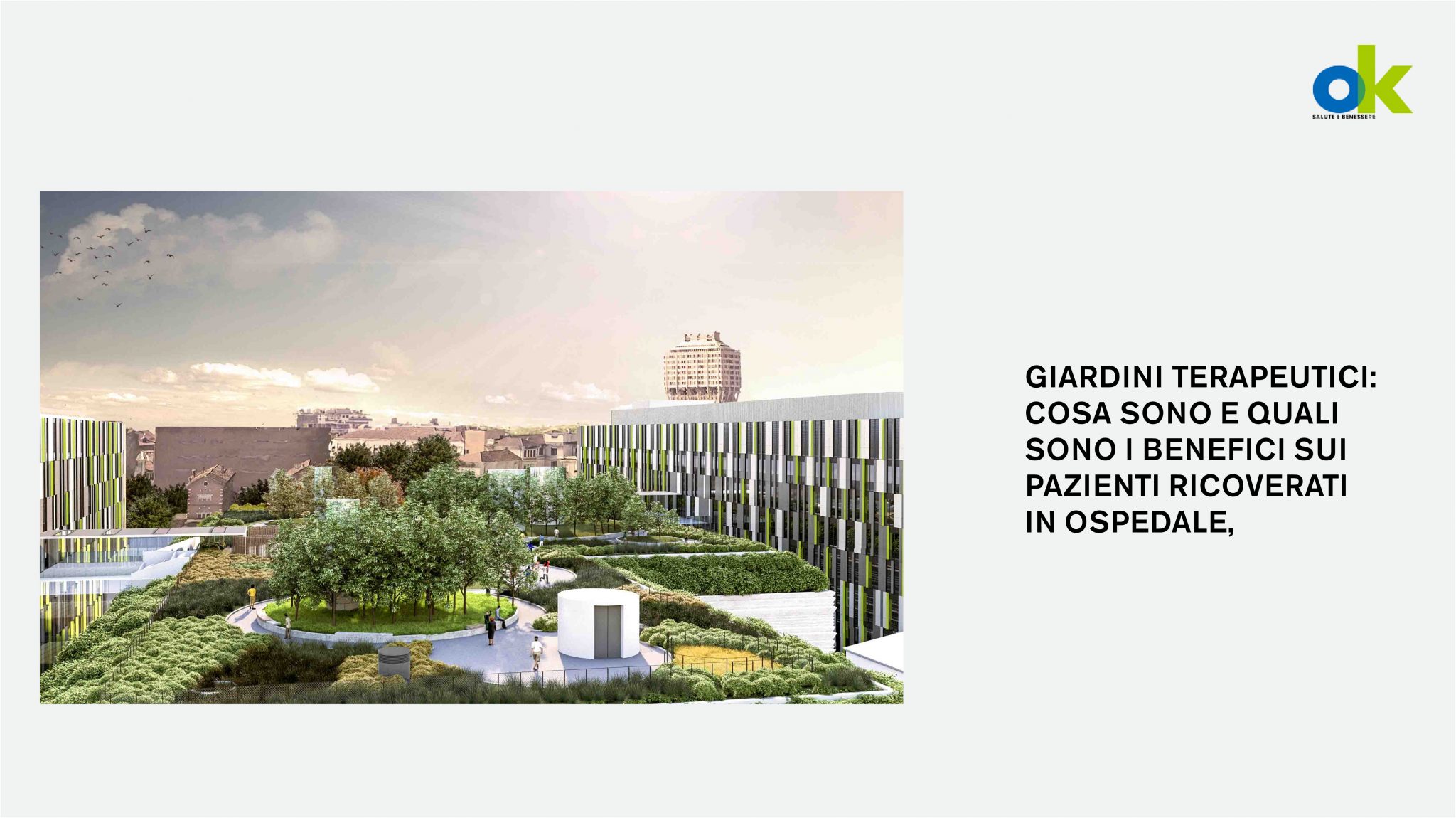
The health and wellness website Ok Salute e Benessere publishes an article titled “Therapeutic Gardens: What They Are and Their Benefits on Hospitalized Patients,” focusing on the benefits of living nature in the design of hospital wards and facilities, citing the new Milan Polyclinic, designed by Boeri Studio, as an example.
In 1984, Swedish architect Roger Ulrich, a professor of healthcare architecture, pondered whether a patient recovering from surgery in a room with a view of trees would fare better than one in a room overlooking brick buildings. The answer, published in the journal Science, was affirmative: those with a natural landscape view were discharged earlier and required fewer painkillers.
“Greenery has the ability to improve health, especially in polluted urban environments, such as those found in major cities where leading hospitals are located, because it helps absorb pollutants, reduce temperature, humidity, and environmental noise,” explains Pier Mannuccio Mannucci, emeritus professor of internal medicine at the University of Milan.
The Milan Polyclinic project is the largest building constructed in the city’s historic center in the past century. It includes a rooftop garden of approximately seven thousand square meters, accessible directly to patients and visible from the adjacent ward buildings.
To read the full article: https://www.ok-salute.it/benessere/giardini-terapeutici-benefici-sui-pazienti-in-ospedale/#I_nuovi_progetti
